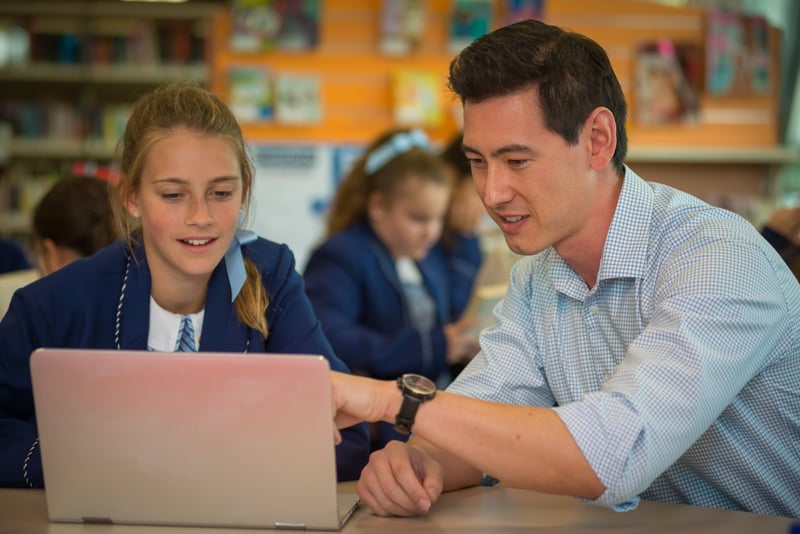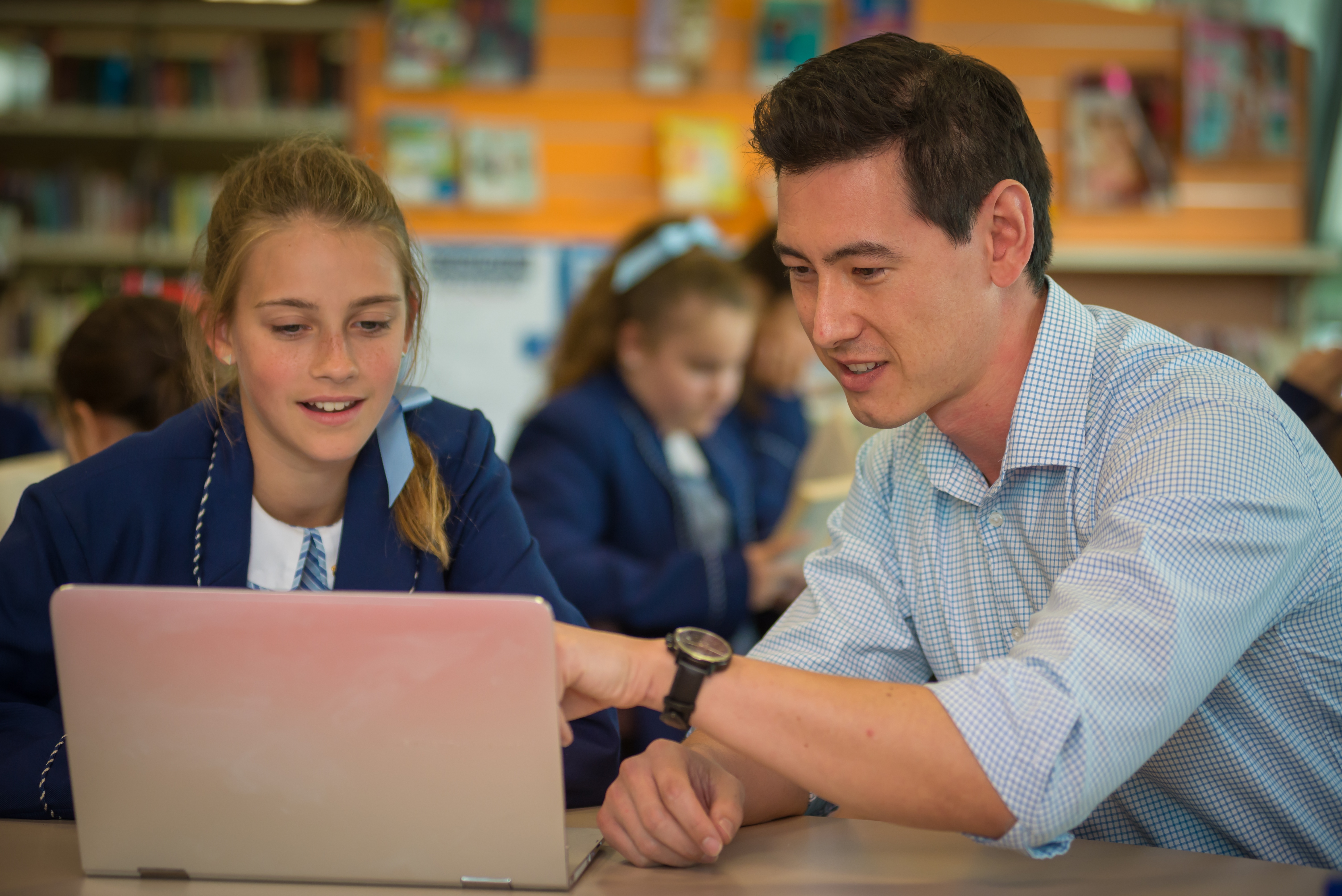
A curiosity exists within the adolescent mindset when it comes to financial literacy, only 55% of young female students say they enjoy ‘learning about money’ yet 98% rank ‘knowing about finance’ as important or very important (Thomson, 2015, pp. 1-4).
These statistics, collated from the Program for International Student Assessment (PISA) in 2012, present an interesting challenge for Stuartholme’s Business Learning Department; although the average student doesn’t enjoy learning about financial literacy, the majority feel it is very important to do so.
With this research in mind, Stuartholme has developed a program for the Year 9 Enterprise Education course that addresses student engagement and financial literacy.
How Stuartholme teaches financial literacy
To help students develop life skills in financial literacy our dedicated Enterprise Education teachers utilise a mix of Project-Based Learning (PBL), and cross-curricula learning objectives.
What is Project-Based Learning?
Project-Based Learning (PBL) is a teaching method in which students gain knowledge and skills by working for an extended period of time to investigate and respond to a challenge (Buck Institute for Education, 2017).
At Stuartholme, the Year 9 Enterprise Education classes are challenged to design, cost, market and ultimately sell a product at the Stuartholme Open Day. The role of the teacher is to guide the learning of business and financial literacy, but the creation of each small business is the students own. This approached allows the students to take responsibility and learn vital problem solving skills and resilience which forms real learning and understanding of financial literacy.
Link to better problem solving skills
A striking statistic shows that 35% of Australian 12 year-olds as having low proficiency in problem solving*.
One of the key ideas behind the PBL teaching method and the Enterprise Education learning outcomes, is for students to plan and solve problems as they encounter them, thereby gaining confidence as they learn.
The moments when a student realises their planned business will operate at a loss and then plan changes to cost structures is particularly satisfying to the teachers and students.
The final measure of success for the Enterprise Education students is the reactions of the public to their businesses, and the competition between classes to make and generate the most income after expenses was fierce.
References
Buck Institute for Education. (2017, March 23rd ). Why Project Based Learning?. Retrieved from Buck Institute for Education: http://www.bie.org/
Sawatsky, A. (2016). Learning from Finland's School Model. OECD Journal: Economic Studies Vol. 2024, 6-7.
Thomson, S. (2015). Australian students: Attitudes to money and finance. Australian Council for Educational Research: Snapshots of Global Assessment, May, Issue 7, 1-4.




